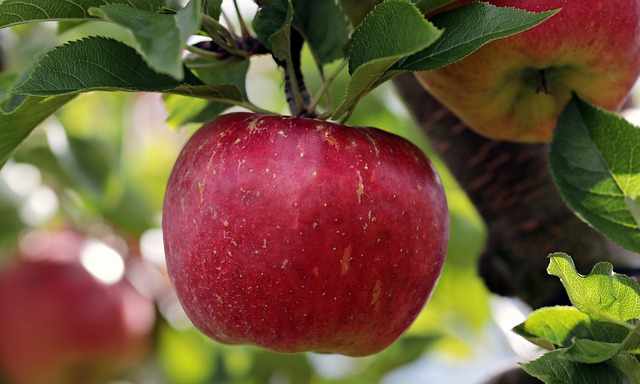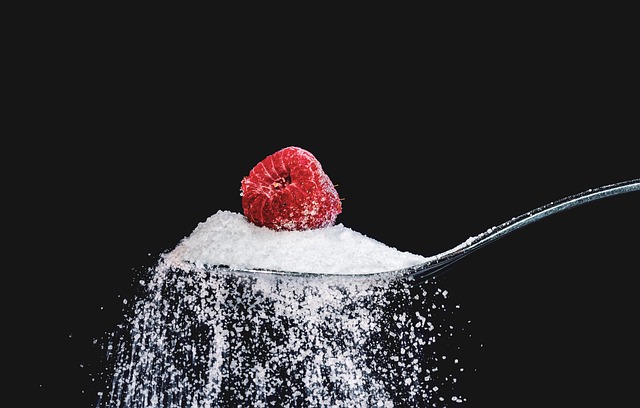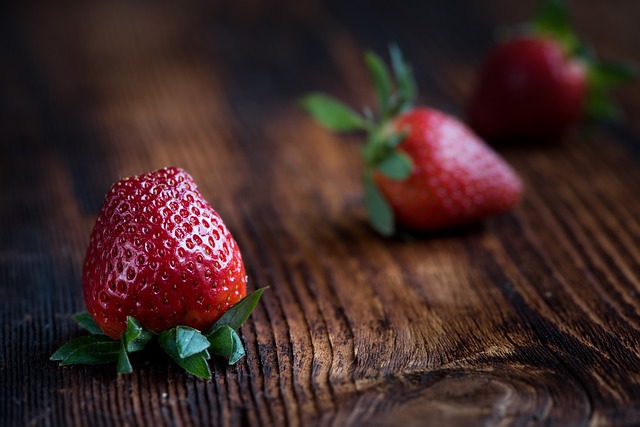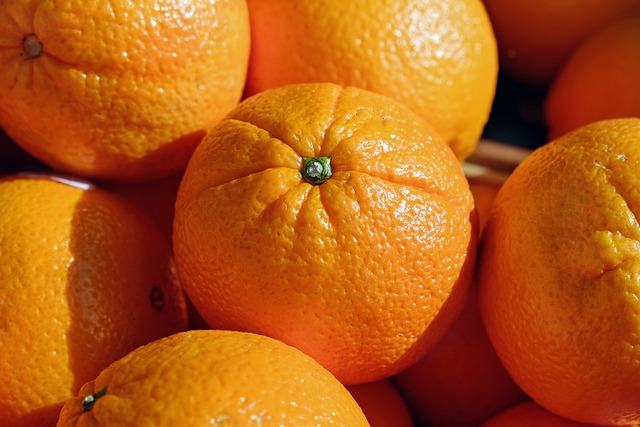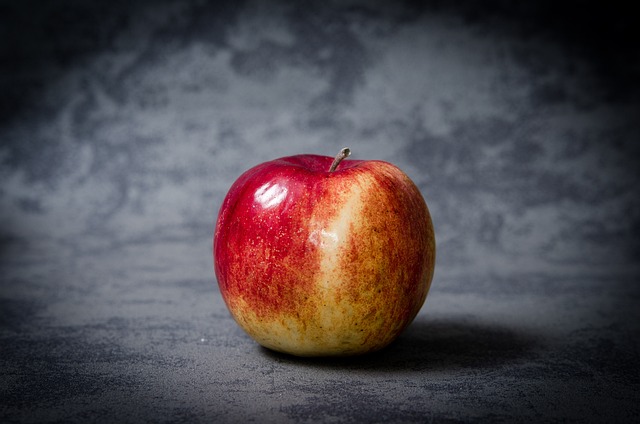The Prebiotic-Probiotic Duo: Maximizing Gut Health with Perfect Pairings
In recent years, there has been increasing interest in gut health and its impact on overall well-being. One of the key players in maintaining a healthy gut is the complex relationship between prebiotics and probiotics. These two terms are often used interchangeably, but they actually refer to two distinct types of nutrients that work together to promote optimal gut health.
Understanding Prebiotics
Prebiotics are a special type of dietary fiber that cannot be digested by the human body. Instead, they act as food for the beneficial bacteria (probiotics) residing in our gut. This selective nourishment helps these beneficial bacteria thrive and multiply, leading to a healthier gut microbiome.
Common sources of prebiotics include fruits, vegetables, whole grains, and legumes. Some examples of prebiotic-rich foods include bananas, onions, garlic, asparagus, oats, and lentils. Including a variety of these foods in your diet can provide a steady supply of prebiotics to support the growth and maintenance of a diverse gut microbiota.
The Power of Probiotics
Probiotics, on the other hand, are live microorganisms that provide various health benefits when consumed. These beneficial bacteria can be found in certain fermented foods, such as yogurt, sauerkraut, kimchi, and kefir. They can also be taken as supplements.
The gut microbiota is a complex community of trillions of microorganisms, including both beneficial and harmful bacteria. By consuming probiotics, you introduce more of the good bacteria into your gut, which can help restore balance and promote digestive health. Probiotics have also been associated with benefits such as improved immune function, reduced inflammation, and enhanced nutrient absorption.
The Perfect Pairing
While prebiotics and probiotics each have their unique roles in supporting gut health, their combined effect can be even more powerful. Consuming prebiotics alongside probiotics creates a synergistic effect, as the prebiotics act as fuel for the probiotics, helping them flourish and thrive in the gut. This combination promotes the growth of beneficial bacteria and increases their overall effectiveness.
One way to ensure you are getting the right balance of prebiotics and probiotics is by consuming fermented foods that naturally contain both. For instance, eating yogurt with added fruits or oats can provide a dual dose of prebiotics and probiotics. The prebiotics in the fruits or oats act as nourishment for the probiotics present in the yogurt, maximizing their benefits.
Benefits of the Prebiotic-Probiotic Duo
Including both prebiotics and probiotics in your diet can offer a range of benefits for your gut health and overall well-being. Some of these benefits include:
- Improved digestion and nutrient absorption
- Enhanced immune function
- Reduced risk of digestive disorders, such as irritable bowel syndrome (IBS) and inflammatory bowel disease (IBD)
- Lowered inflammation and oxidative stress in the gut
- Increased production of short-chain fatty acids, which support gut health
Conclusion
The prebiotic-probiotic duo plays a crucial role in maintaining a healthy gut and overall well-being. By including a variety of prebiotic-rich foods, such as fruits, vegetables, whole grains, and legumes, along with probiotic-rich foods or supplements, you can create an optimal environment for the growth and balance of beneficial bacteria in your gut.
Remember, a healthy gut is key to overall health, so start incorporating the prebiotic-probiotic duo into your daily diet and reap the many benefits they offer.

